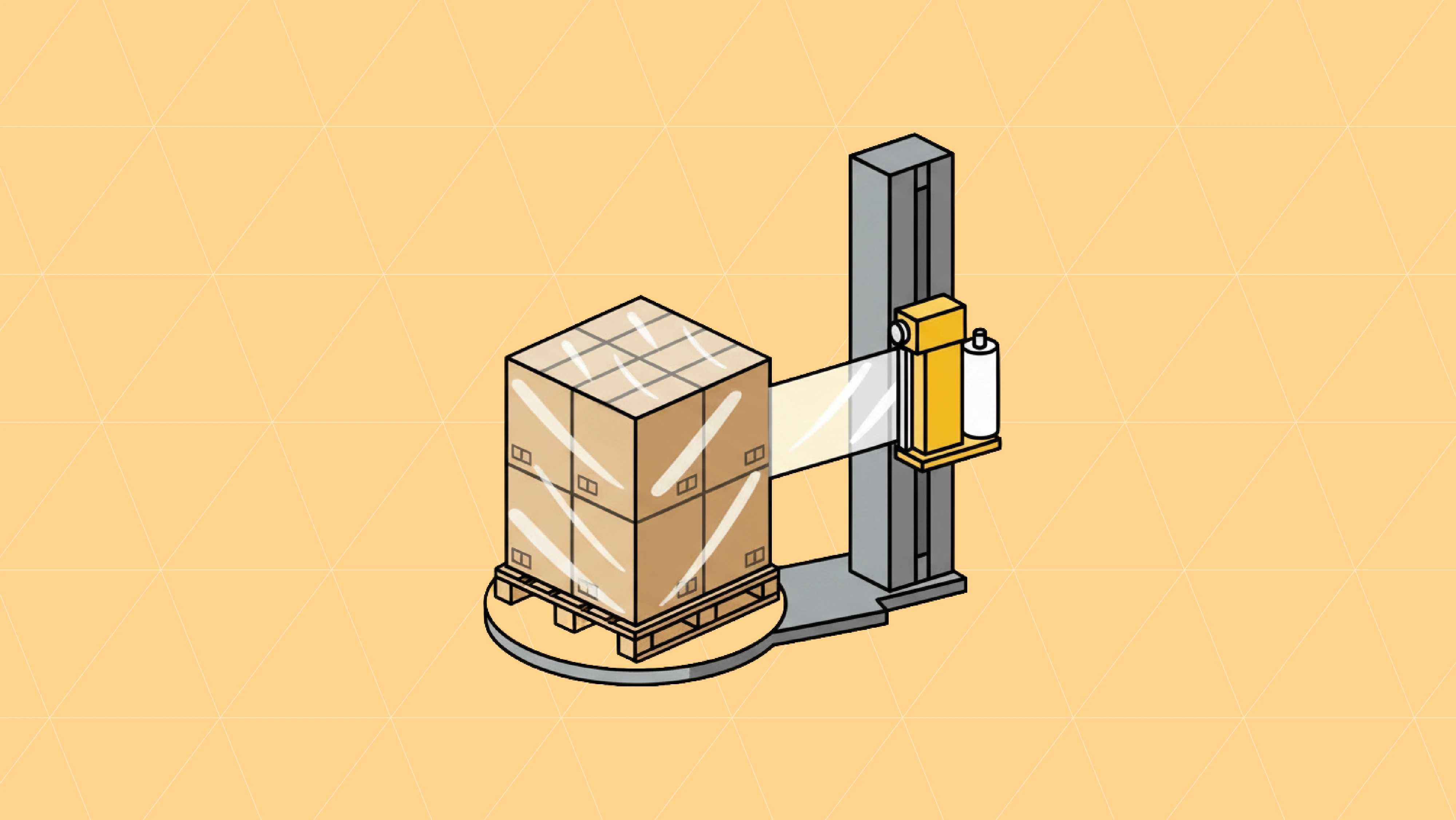A properly executed Bill of Lading (BOL) stands as the backbone of successful freight transportation. This legally binding contract serves as the official documentation of a shipment's journey from origin to destination. Carriers issue this crucial document to shippers, creating a paper trail that outlines every aspect of the transported goods.
Understanding the Parties Involved
Before diving into the specifics of a BOL, it's important to familiarize yourself with the key participants in the shipping process:
Shipper: The entity sending the goods
Consignee: The recipient of the shipment
Carrier: The transportation company moving the goods between parties
Essential Components of a Bill of Lading
Contact Information
Each BOL must contain accurate addresses for both pickup and delivery locations. Best practices include:
Working telephone numbers for both locations
Names of contact persons at each site
Operating hours for shipping and receiving departments
Shipment Details
The BOL document needs to specify comprehensive information about the products being transported:
Pallet count and individual item quantities
Total shipment weight
Dimensional measurements (length, width, height)
For less-than-truckload (LTL) shipments: density, freight class, and National Motor Freight Classification code
Handling instructions for special cases
Carrier Information
Proper identification of the transportation company is critical, especially at busy shipping facilities. The BOL should clearly state:
The name of the freight carrier
The carrier's quotation number in Special Instructions for accurate billing
Third-party information when applicable for correct tariff application
Step-by-Step Guide to Completing a BOL
Creating an accurate Bill of Lading requires attention to detail and thorough understanding of the document. Here's how to approach this task methodically:
Familiarize Yourself with the Document
Begin by obtaining the BOL form from your transportation provider or broker. Read through it carefully, as accuracy is paramount when completing this legal document.
Enter Origin and Destination Information
Start by recording the shipper's details, including:
Physical address for pickup
Current contact number
Name of the responsible person
Next, provide the consignee's information:
Company or individual name
Complete delivery address
Working telephone number
Ensure all details match any accompanying shipping documentation to prevent transit complications.
Document Product Information
This section requires exact details about the items being shipped:
Precise product descriptions
Quantities being transported
Weight of the shipment
Dimensions of the goods
Relevant product codes or identifiers
Accuracy is crucial here - any discrepancies between the BOL and actual goods can cause delays or additional fees.
Provide Transportation Details
Enter information about the carrier responsible for moving the shipment:
The transportation company's name
Contact information
Tracking numbers or reference codes
Third-party billing information when applicable
Add Special Instructions
Include any unique handling requirements:
Hazardous material information
Special handling needs (fragility, temperature control)
Required additional services like lift gates or residential delivery
Review for Accuracy
Take time to double-check all entered information. This verification step helps prevent:
Delivery delays
Communication problems
Potential disputes between parties
Apply Signatures
The final step requires signatures from both the shipper and carrier. These signatures serve distinct purposes:
Shipper's signature: Confirms accuracy of shipment details
Carrier's signature: Acknowledges receipt of the goods
Avoiding Common BOL Mistakes
Even experienced shipping professionals can make errors when completing Bills of Lading. Watch out for these frequent issues:
Master BOL Designation
When shipping multiple orders under a single Bill of Lading (common in consolidated shipments), remember to check the Master BOL box. This simple step prevents confusion and potential delays.
Purchase Order Documentation
A common oversight involves incomplete Purchase Order (PO) information. To avoid this problem:
Clearly identify each PO number in the shipment
Record individual weights for each PO
Calculate and verify that the total weight matches the sum of individual PO weights
Other Common Pitfalls
Using inconsistent units of measurement
Providing inaccurate product descriptions
Entering incorrect quantities, weights, or dimensions
Omitting special handling requirements
Neglecting to list required accessorial services
What’s a VICS Bill of Lading
VICS BOL stands for Voluntary Interindustry Commerce Solutions Bill of Lading. It's a standardized BOL format specifically designed for the retail industry. The VICS BOL follows guidelines established by the VICS Committee to create consistency across the supply chain.
The key differences between a regular BOL and a VICS BOL include:
Standardization: VICS BOL follows a specific template and format agreed upon by retailers and suppliers, while regular BOLs may vary in format.
Industry focus: VICS BOL is designed specifically for retail supply chains, whereas regular BOLs are used across various industries.
Data fields: VICS BOL contains standardized data fields that allow for easier processing and scanning.
Efficiency: VICS BOL is designed to streamline operations and reduce errors by using standardized information.
Final Thoughts
A properly completed Bill of Lading serves as both a legal document and an operational roadmap for your shipment. Taking time to complete it with precision directly impacts the efficiency of your freight's journey. While it might seem tedious, attention to detail on this critical document separates trouble-free shipments from those plagued with problems.
By understanding the purpose of each section and carefully providing the required information, you'll help ensure your shipments move smoothly from origin to destination.
More articles
Our platform is designed to empower businesses of all sizes to work smarter and achieve their goals with confidence.




